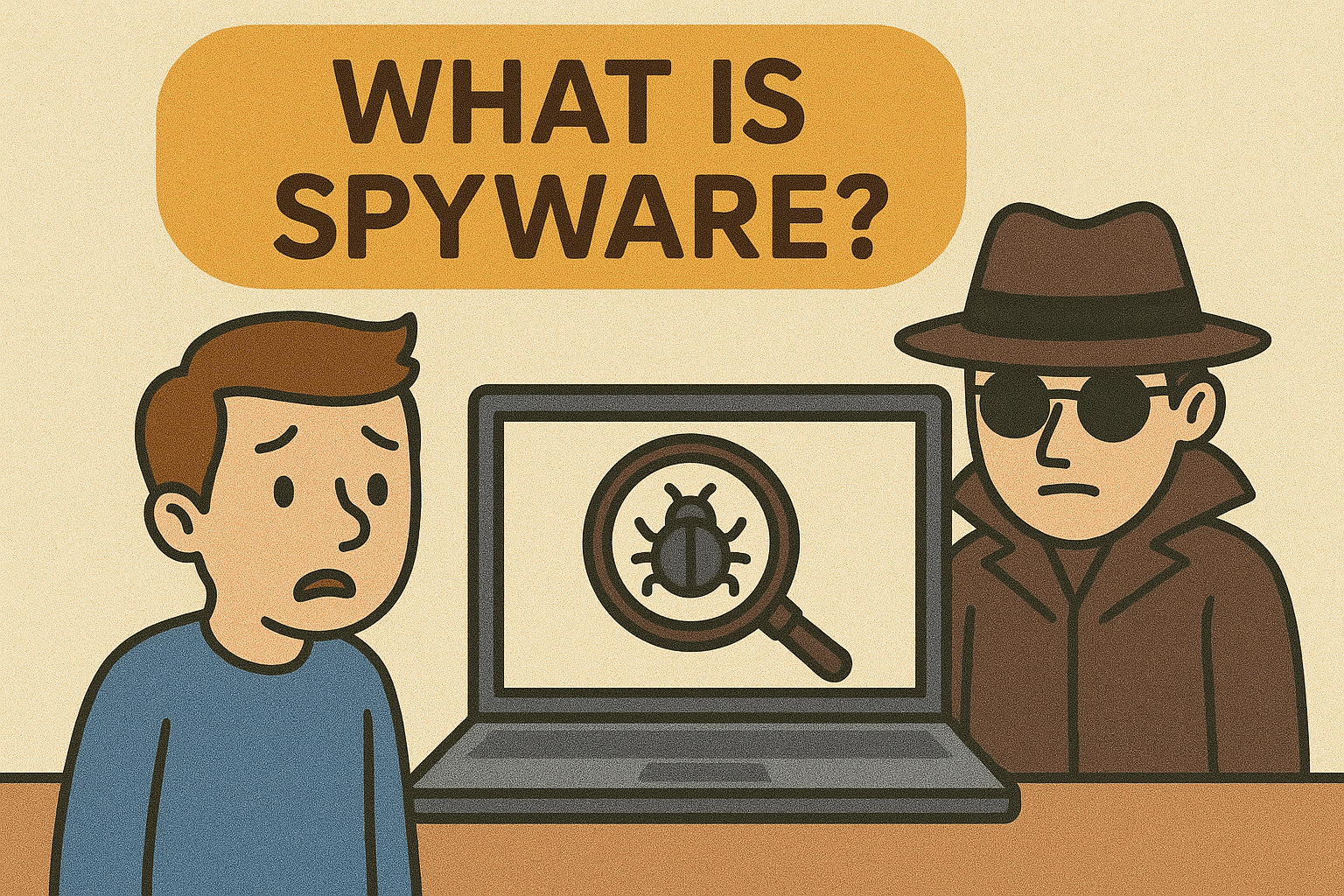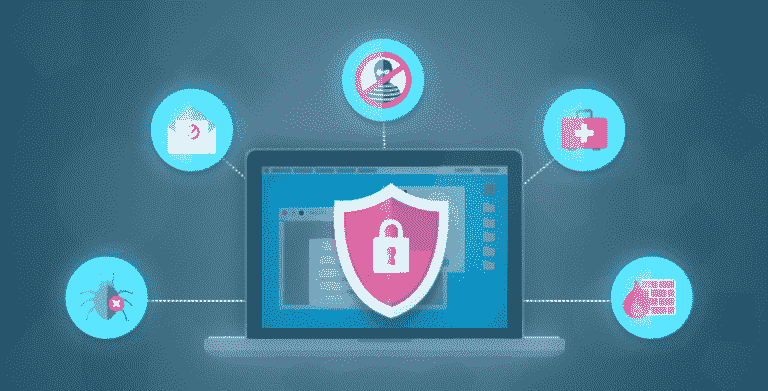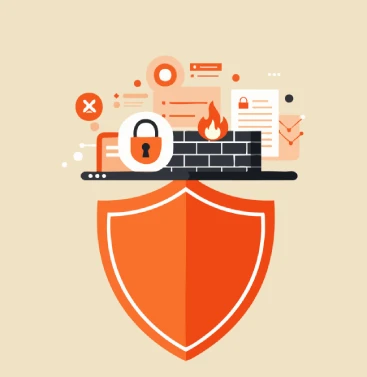What Is Spyware? Understanding, Examples, and Protection Strategies
Updated on July 10, 2025, by Xcitium

In today’s digital age, understanding what is spyware is crucial for safeguarding personal and organizational data. Spyware is a type of malicious software that infiltrates devices to collect sensitive information without the user’s consent. This data can include browsing habits, login credentials, financial information, and more, posing significant threats to privacy and security.
What Is Spyware?
Spyware is malicious software designed to enter your computer device, gather data about you, and forward it to a third-party without your consent. It can monitor and record your activities, steal sensitive information, and even manipulate your device’s setting
How Does Spyware Work?
Spyware typically infiltrates devices through deceptive methods such as:
- Phishing Emails: Malicious links or attachments.
- Bundled Software: Free software downloads that include hidden spyware.
- Malicious Websites: Drive-by downloads when visiting compromised sites.
Once installed, spyware can:
- Monitor keystrokes to capture passwords.
- Access and transmit personal files.
- Track browsing habits and history.
- Alter security settings to allow further infections.
Common Types of Spyware
Understanding the various forms of spyware is essential:
- Keyloggers: Record keystrokes to capture sensitive information.
- Trojans: Disguised as legitimate software to trick users into installation.
- Adware: Displays unwanted advertisements and can track user behavior.
- System Monitors: Track all activities on a computer, including emails, chats, and websites visited
Real-World Spyware Examples
Several high-profile spyware cases have highlighted the risks:
- Pegasus: Developed by NSO Group, this spyware has been used to target journalists, activists, and political figures by exploiting vulnerabilities in mobile devices .
- FinFisher: Marketed to law enforcement agencies, it has been misused for surveillance on dissidents and journalists.
- Graphite: Used to target European journalists, raising concerns about press freedom and privacy
Differences Between Spyware and Adware
While both are intrusive, they serve different purposes:
- Spyware: Covertly gathers user information without consent.
- Adware: Displays unwanted ads, often slowing down systems, and may track user behavior for advertising purposes
How to Prevent Spyware
Protecting against spyware involves proactive measures:
- Install Reputable Security Software: Use trusted antivirus and anti-spyware programs.
- Regular Updates: Keep your operating system and applications up to date to patch vulnerabilities.
- Be Cautious with Downloads: Only download software from official and reputable sources.
- Avoid Clicking Suspicious Links: Be wary of unsolicited emails and messages with links or attachments.
- Use Strong Passwords: Implement complex passwords and change them regularly.safetydetectives.comkaspersky.com
Safeguarding Your Data Against Spyware
To enhance data protection:
- Regular Backups: Maintain backups of important data to recover in case of infection.
- Enable Firewalls: Use firewalls to block unauthorized access.
- Educate Users: Train employees and users about the risks and signs of spyware.
- Monitor Network Activity: Keep an eye on unusual network traffic that may indicate spyware activity
Conclusion
Understanding what is spyware is the first step in defending against it. By recognizing its methods, types, and the risks it poses, individuals and organizations can implement effective strategies to protect their data and privacy. Staying informed and vigilant is key to cybersecurity.
FAQs
Q1: What is spyware and how does it work?
A1: Spyware is malicious software that infiltrates devices to collect user information without consent. It works by monitoring user activities, capturing data like keystrokes, and transmitting this information to third parties
Q2: How can I detect spyware on my computer?
A2: Signs include slow system performance, unexpected pop-ups, new toolbars, and programs you didn’t install. Running a full system scan with reputable security software can help detect spyware.
Q3: Can spyware infect smartphones?
A3: Yes, smartphones can be targeted by spyware, especially through malicious apps or links. It’s essential to download apps only from official stores and keep your device updated.
Q4: Is adware the same as spyware?
A4: No, while both are intrusive, adware primarily displays unwanted advertisements and may track user behavior, whereas spyware covertly gathers personal information without user consent
Q5: How can I prevent spyware infections?
A5: Use reputable antivirus and anti-spyware software, keep your system and applications updated, avoid clicking on suspicious links or downloading unknown attachments, and educate yourself about cybersecurity best practices.
For comprehensive protection against spyware and other cyber threats, consider exploring advanced cybersecurity solutions tailored to your needs. Request a demo today to learn how to safeguard your digital environment effectively.















